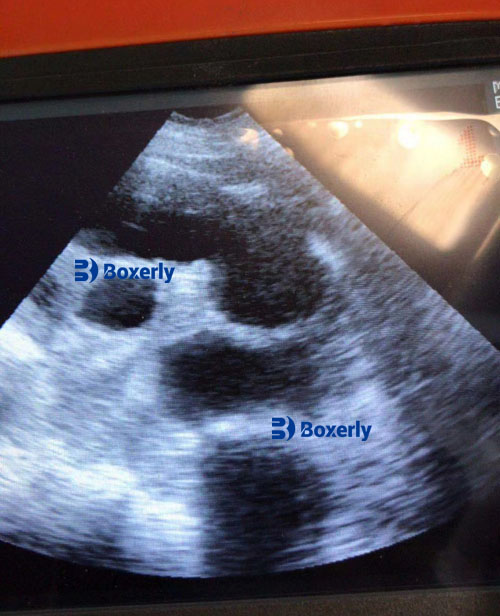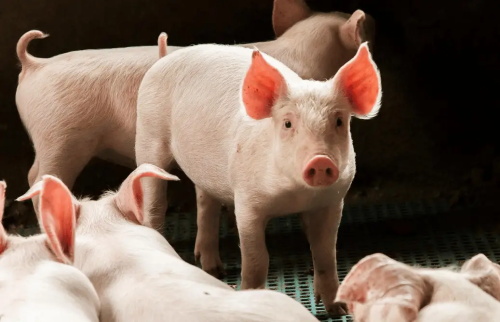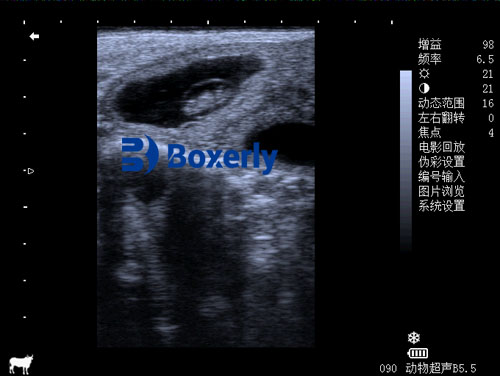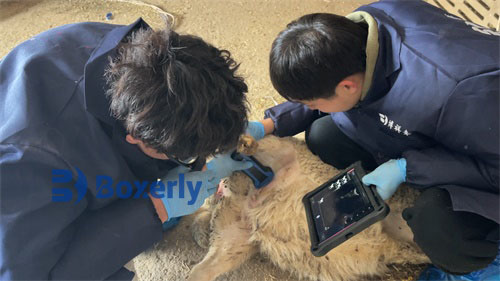Veterinary Ultrasound Pregnancy Assessment Reducing Embryonic Loss Rates
In modern veterinary medicine, maintaining reproductive efficiency in livestock, especially in cattle and small animals, is essential for both economic and animal welfare reasons. Embryonic and fetal losses are sad realities that affect productivity. Fortunately, veterinary ultrasound has emerged as a powerful, non-invasive method to assess pregnancy and reduce embryonic mortality. In this article, we explore how ultrasound techniques—especially B-mode and Doppler ultrasonography—help detect pregnancies early, monitor embryo/fetal health, and significantly reduce the risk of losses during early gestation.

Understanding Embryonic Loss: A Global Perspective
Pregnancy loss, particularly during the embryonic phase, is a global challenge. In dairy cattle, an estimated 41% to 57% of pregnancies fail during gestation. Losses are categorized as:
-
Early embryonic mortality (EEM): before maternal recognition (<day 16 post-conception)
-
Late embryonic mortality (LEM): days 16–42
-
Early fetal mortality (EFM): days 42–90
Research shows that LEM and EFM together can affect 5% to 20% of pregnancies. These losses represent a serious economic burden and welfare concern for farmers worldwide.
The Role of Veterinary Ultrasound
Early Detection with B-mode Ultrasonography
B-mode (brightness-mode) ultrasound visualizes the conceptus as a non-echogenic (black) vesicle in the uterus. In cattle, embryonic vesicles and heartbeat can be detected as early as day 19–22 after insemination. Sensitivity and specificity in real-world conditions—using 5 MHz probes on days 22–49 post-insemination—range from 95% to 100% and around 67% to 100%, respectively.
For small animals, such as dogs and bitches, ultrasound from week 5 onward allows measurement of gestational sac size, fetal heart rate, and placental diameter. Lower fetal heart rates (<220 bpm) or smaller placental size can indicate imminent losses .
Doppler Ultrasound: Assessing Blood Flow
Color Doppler ultrasonography enables the visualization of blood flow within the corpus luteum (CL) and uterine blood vessels. Around day 20 in bovines, decreased luteal blood flow predicts non-pregnancy even before anatomical regression occurs. Embryonic or fetal demise is also indicated by the absence of a heartbeat and diminished amniotic and allantoic fluid.
Strategic Timing and Repeated Exams
Early pregnancy checks around day 25–30 are common in cattle . Confirmation exams between day 28–32 help identify late losses . Veterinary protocols often include weekly or biweekly ultrasound assessments for high-risk animals, such as those with twin pregnancies, accessory CLs, or metabolic issues .

Foreign Insights: Integrated Diagnostics
Veterinarians in Europe and North America often complement ultrasound with biochemical assays such as pregnancy-associated glycoproteins (PAGs) and progesterone testing. Weekly monitoring of PAGs helps identify sudden drops that may signal fetal death. Integrating clinical exams, ultrasound, and lab diagnostics enhances predictive accuracy and allows timely intervention.
Benefits and Practical Impact
-
Early Problem Identification: Detection of non-viable pregnancy allows timely rebreeding.
-
Reduced Days Open: Shorter intervals between pregnancies improve productivity.
-
Improved Animal Welfare: Identifying stress, twin reduction, or metabolic issues improves management decisions.
-
Economic Return: Fewer wasted resources, reduced culling, and optimised reproductive cycles.
Case Examples
-
Dairy Farm in Israel: Routine day-30 ultrasound combined with PAG monitoring reduced embryonic losses from ~40% to ~25%.
-
Beef Cattle Herd in Canada: Weekly Doppler scans and targeted nutrition management reduced late embryonic mortality below 10%.
-
Canine Reproduction Clinic in Chennai: Regular ultrasound scans detected early placental or fetal anomalies in bitches, enabling intervention before total litter loss.
Non-Infectious Risk Management
In cattle, non-infectious factors such as high milk yield, heat stress, poor body condition, and parity significantly influence pregnancy outcomes. Ultrasound can assess uterine health, placental structure, and fetal viability to tailor management strategies—such as nutritional supplementation, heat abatement (shade, cooled water), and reduced handling—to minimize risk.
Challenges and Limitations
-
Operator Skill: Accurate ultrasound requires training and experience.
-
Equipment Cost: Portable Doppler-capable ultrasound units are more expensive.
-
Logistics: Repeated exams may disrupt production schedules.
-
Interpretation: False positives can occur, especially in early gestation, necessitating confirmatory exams.
Nevertheless, technological advancements, online training, and cost-effective scanning packages are making ultrasound increasingly accessible.

Future Perspectives
Emerging technologies include:
-
3D/4D fetal imaging: Enhancing structural assessment.
-
AI-assisted image analysis: Standardizing interpretation and reducing inter-operator variability.
-
Biomarker integration: MicroRNAs, ISG expression, and glycan profiling may soon work alongside imaging to detect embryonic distress even earlier.
These innovations promise a future where perinatal reproductive care is more precise, proactive, and profitable.
Conclusion
Veterinary ultrasound—both B-mode and Doppler—empowers clinicians and farmers worldwide to detect and manage pregnancies early, reduce embryonic loss rates, and improve reproductive efficiency. Incorporating regular scanning schedules, operator training, and adjunct biomarker tests provides a comprehensive, evidence-based approach. As technology continues to advance, ultrasound stands poised to further revolutionize livestock and canine reproductive management—improving welfare, boosting productivity, and enhancing economic sustainability globally.
References
-
Recent Possibilities for the Diagnosis of Early Pregnancy… PMC article — https://www.ncbi.nlm.nih.gov/pmc/articles/PMC8229416/
-
Noninfectious Causes of Pregnancy Loss… MDPI Animals 2023 — https://doi.org/10.3390/ani13213390
-
Ultrasound and canine fetal measurements in Chennai study — PDF (International Journal of Veterinary Sciences, May 2024)





